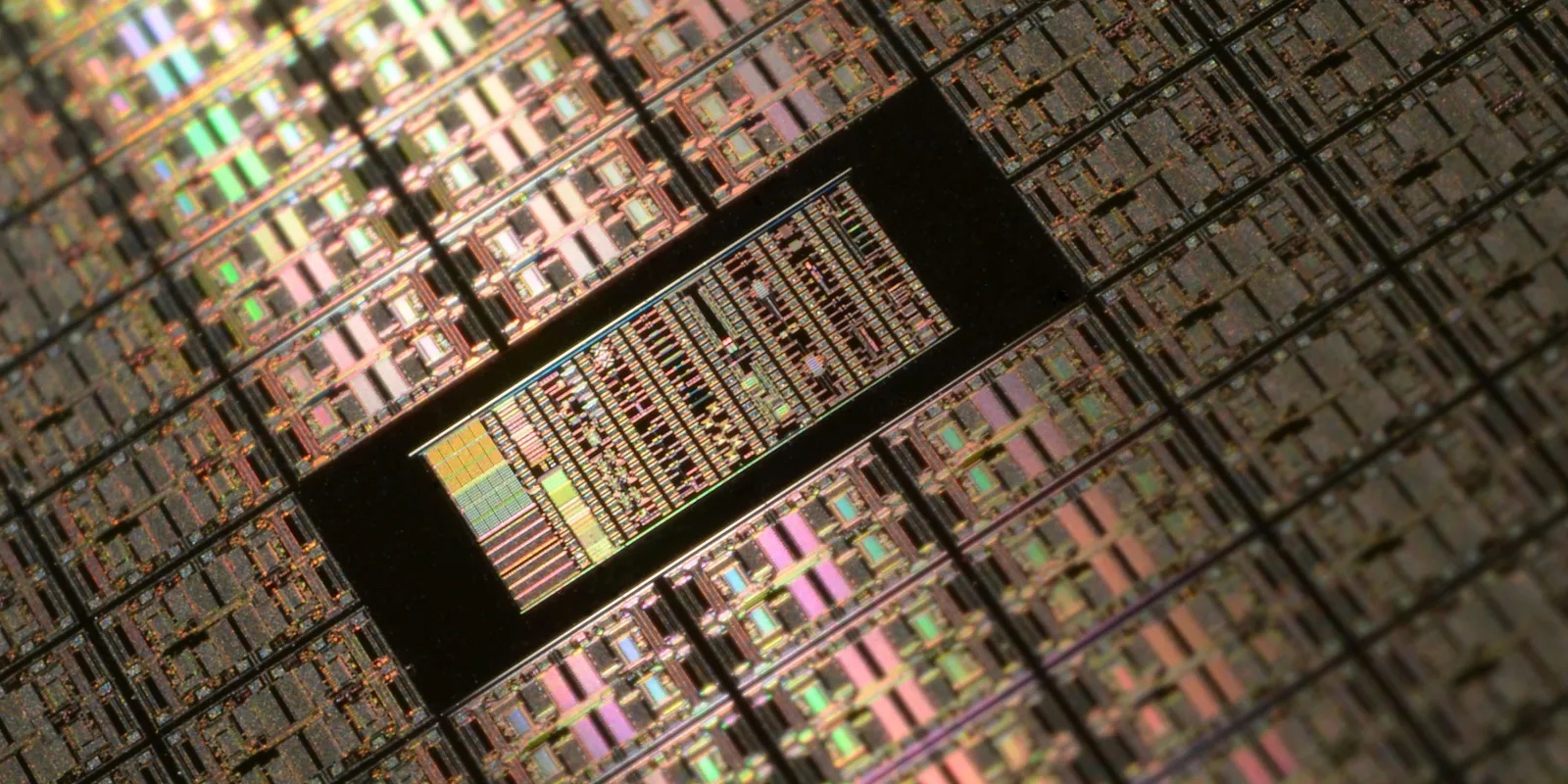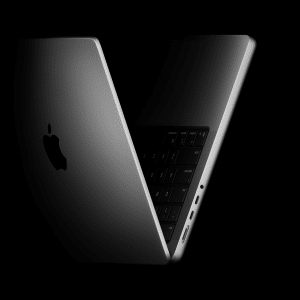The anticipated A17 Bionic is predicted to be Apple’s debut chip crafted using a 3nm fabrication process. This shift is expected to offer considerable performance and efficiency enhancements compared to the 5nm process utilized for the A14, A15, and A16 chips.
However, a new report suggests that Apple plans to switch from TSMC’s N3B process to the N3E version sometime next year, aiming to reduce costs. This change could potentially impact efficiency, although it may lead to improved performance.
TSMC’s original 3nm node, N3B, was developed in collaboration with Apple, while the more accessible N3E version will be used by most other TSMC clients. Although N3E has fewer EUV layers and a lower transistor density than N3B, which may lead to efficiency compromises, the process can potentially deliver superior performance. Despite N3B being ready for mass production before N3E, it has a significantly lower yield.
Given that N3B was designed as a trial node and is incompatible with TSMC’s successor processes (N3P, N3X, N3S), Apple will need to redesign its future chips to leverage TSMC’s advancements. It’s believed that Apple may initially use the N3B CPU and GPU core design initially planned for the A16 Bionic for the first A17 chips, before switching to the original A17 designs with N3E later in 2024.
Given the product cycle of the iPhone 15 Pro and iPhone 15 Pro Max, it seems unlikely that Apple would make such a drastic change to the A17 Bionic. Consequently, the N3E version of the chip may be earmarked for next year’s standard iPhone 16 and iPhone 16 Plus models.
This information comes from a Weibo user claiming to be an integrated circuit expert with a quarter-century of experience working on Intel’s Pentium processors. Earlier this year, this source first reported that the iPhone 15 and iPhone 15 Pro’s USB-C port and accompanying charging cables would feature a Lightning-like authenticator chip, potentially limiting their compatibility with non-Apple approved accessories — a rumor later supported by more reliable sources.

Should these rumors prove accurate, Apple’s planned switch in manufacturing processes for its A17 Bionic chip could lead to cost savings, despite possible compromises in efficiency. The decision, however, aligns with Apple’s history of strategic decision-making to ensure the best balance of cost, performance, and efficiency in its product lineup.













